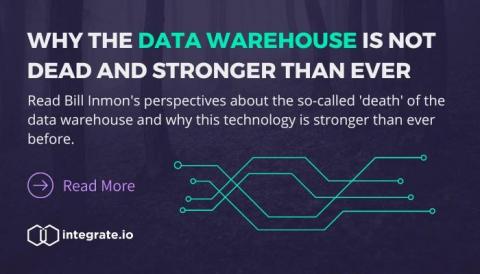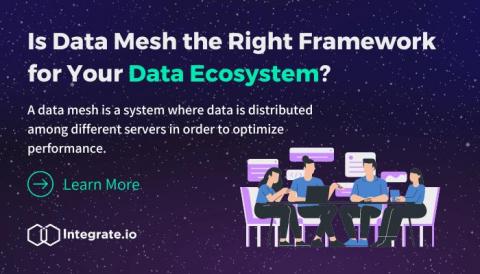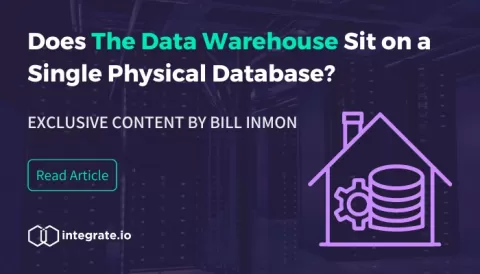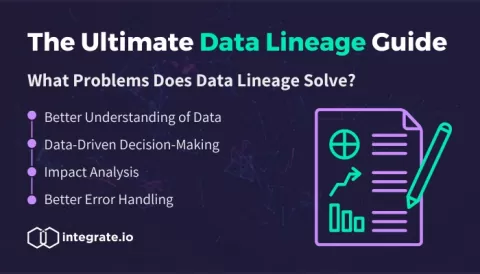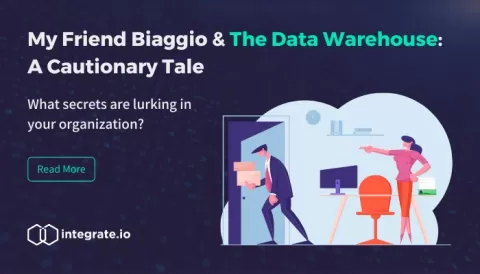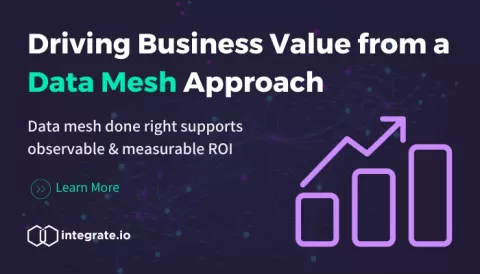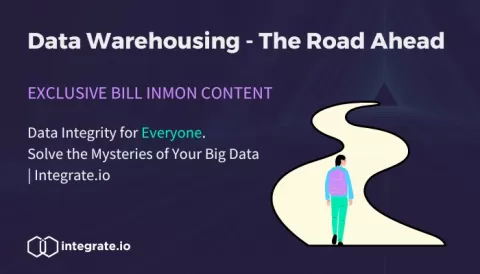Data Governance Framework Policy - What Do You Need to Know?
According to IDCs Global Datasphere, 64.2 ZB of data was created in 2020 alone. This number is projected to grow by 23% annually from 2020-2025. Therefore, we need data governance frameworks for efficient data management and control. This will help us extract maximum value out of such high volumes of data. Such frameworks would be required for data integrity, data protection, and data security. Indeed, according to BDO, the average data breach cost has been estimated to be around USD 3.8 million.




